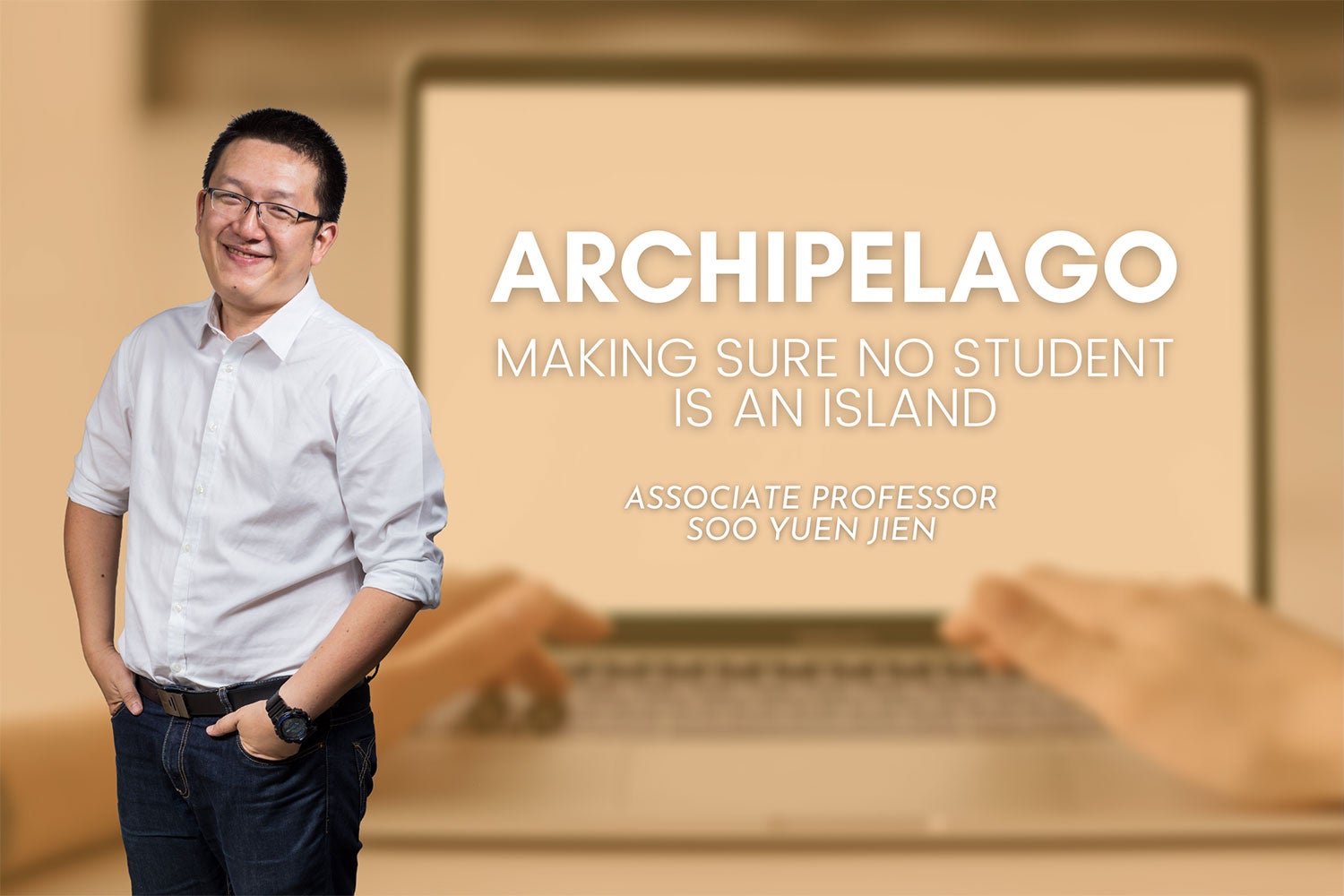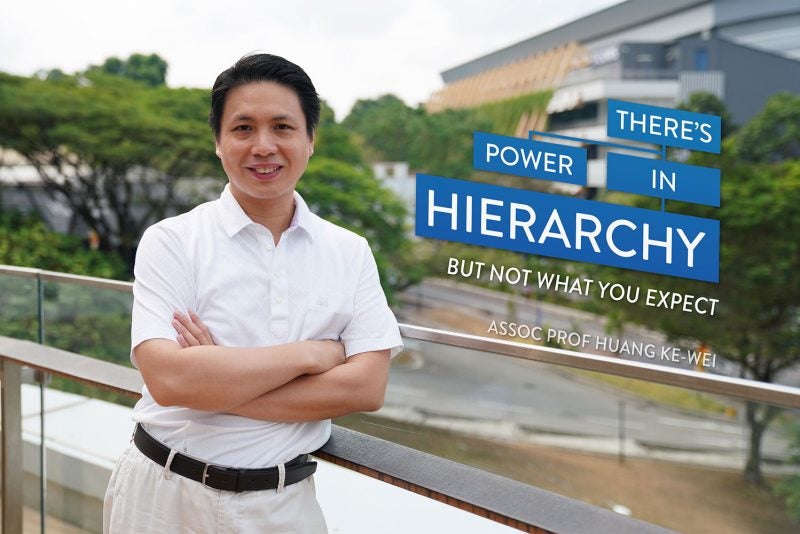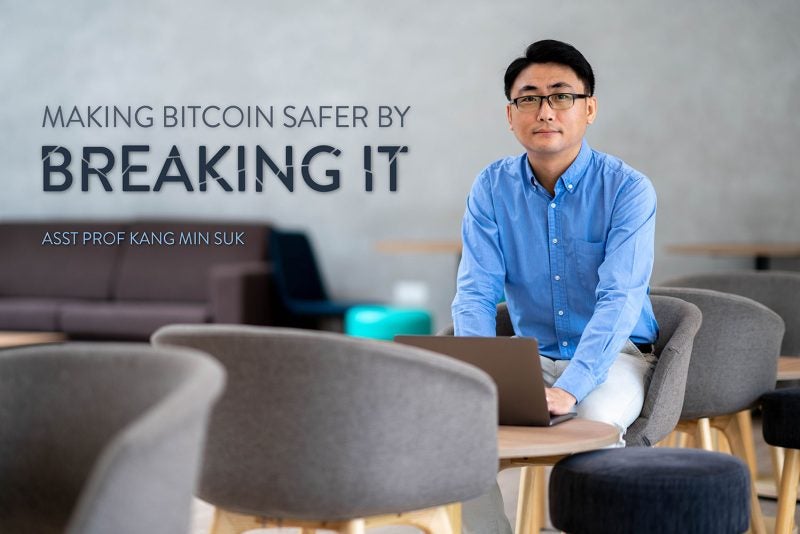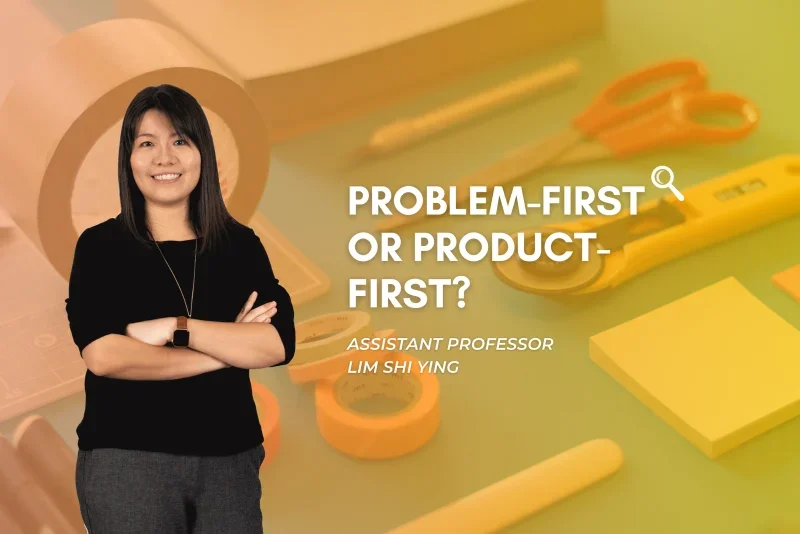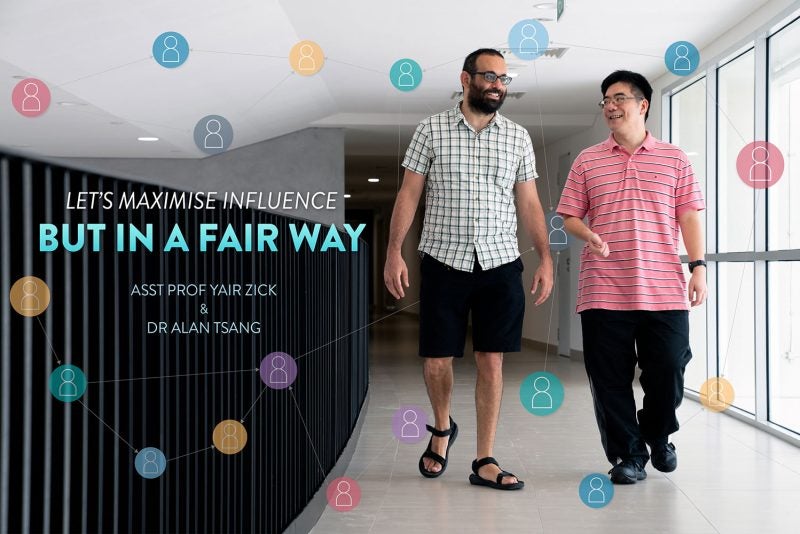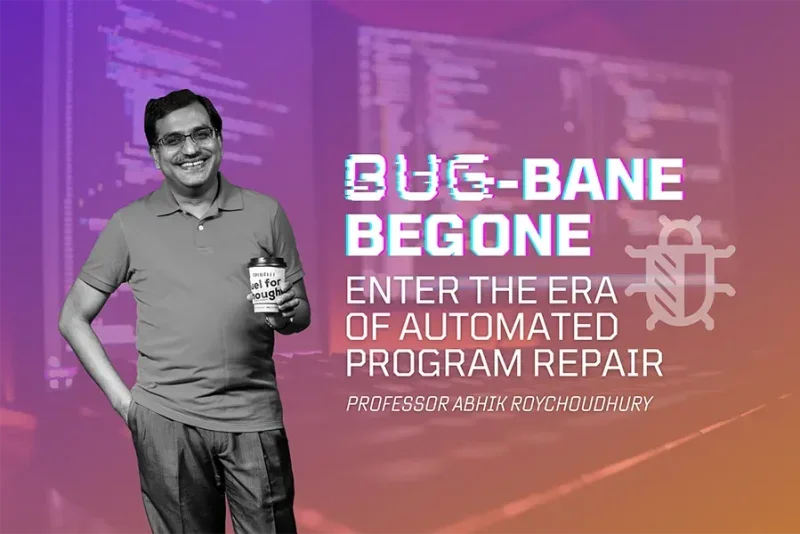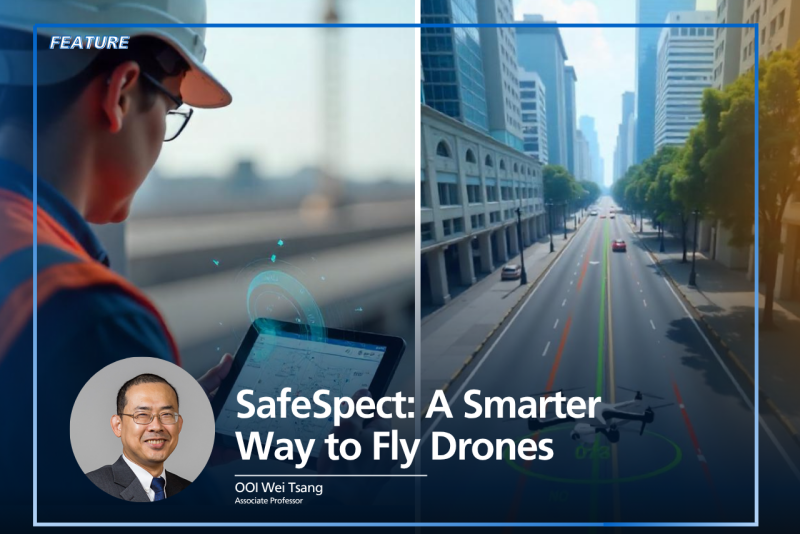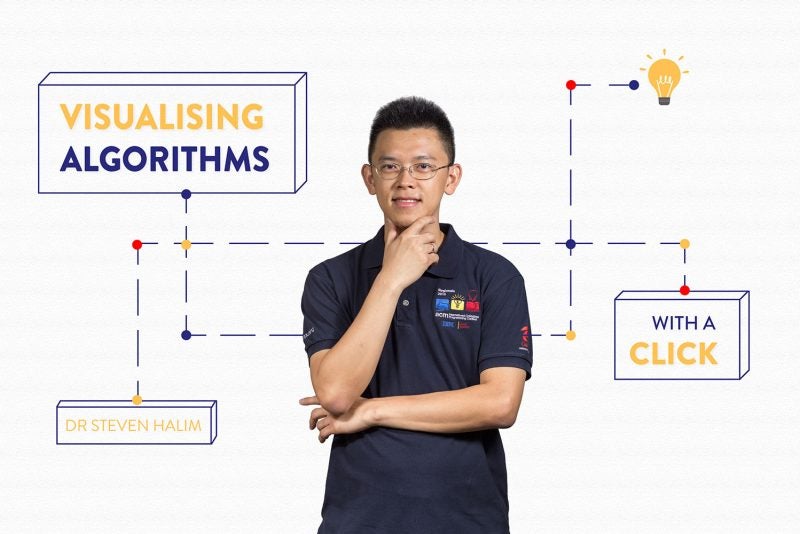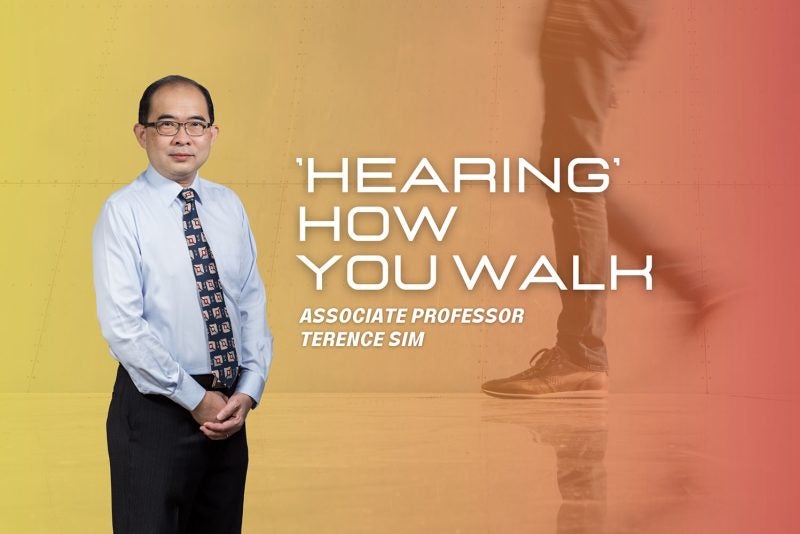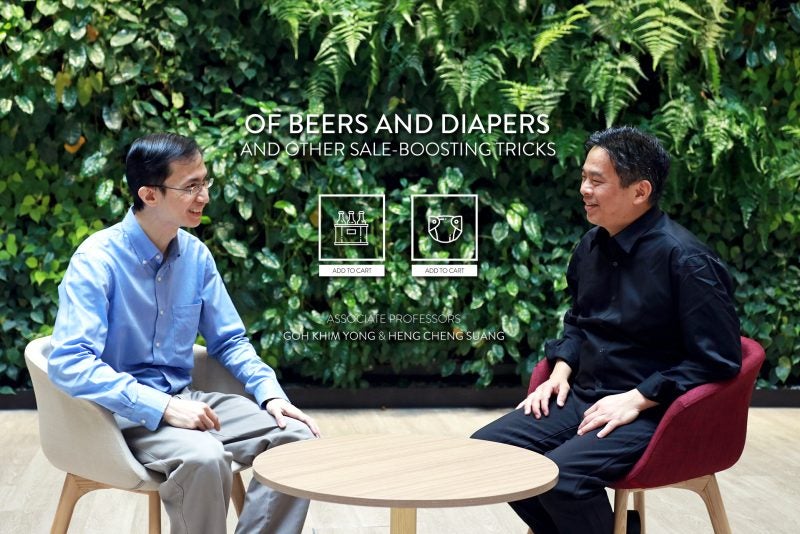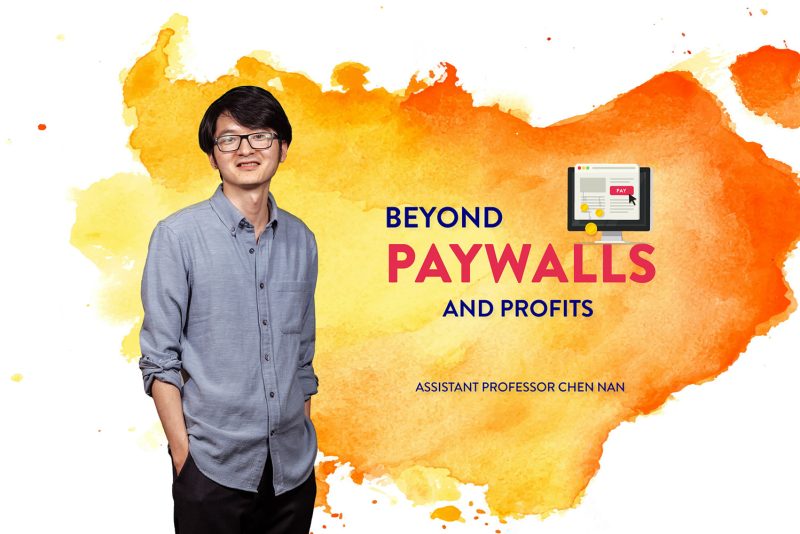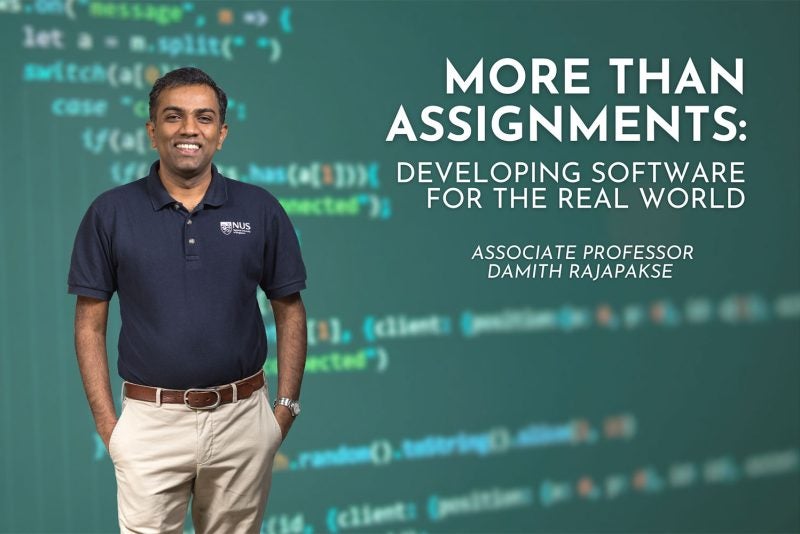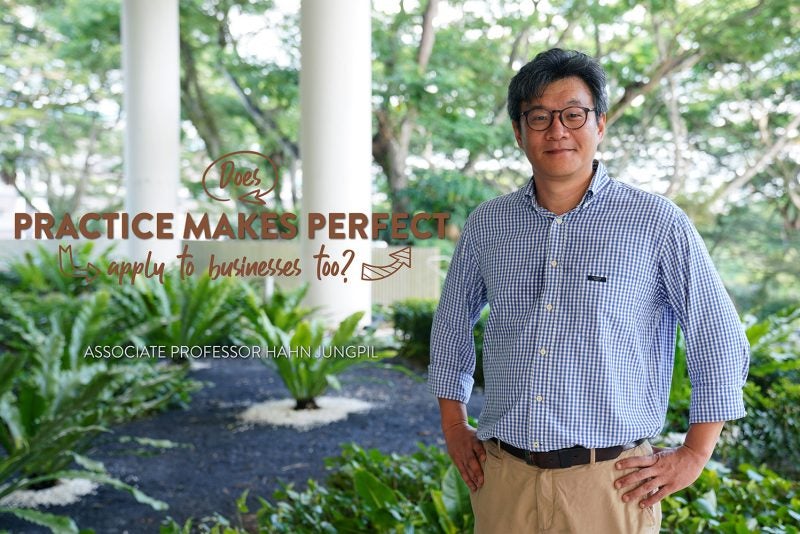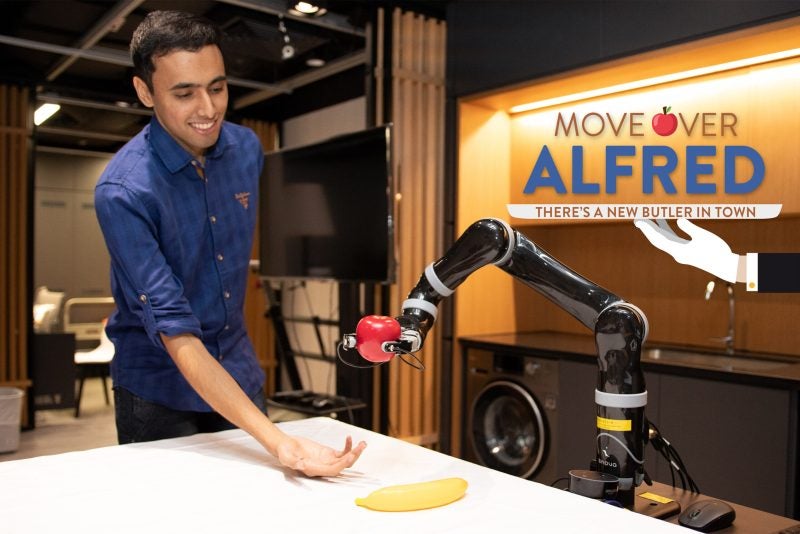Like everyone else, Yuen Jien Soo found himself struggling to adapt when Covid-19 first hit last year. Soo, who teaches operating systems, computer organisation, and software product engineering at NUS Computing, initially found it strange “speaking to himself” without anyone to look at while delivering a lecture. But something else troubled the associate professor even more: students were complaining that online lectures “weren’t engaging” and “didn’t feel like a regular classroom.”
“When a student sits in a lecture theatre, it puts them in a certain frame of mind,” explains Soo. “They see that their friends are all learning at the same time, and that actually helps them.”
“But with online lectures, you lose that communal feeling,” he says.
Thankfully, Soo had a card up his sleeve — Archipelago, a web-based platform that allows for interactions, especially tuned for large class sizes. Using Archipelago, Soo could issue questions periodically throughout a lecture to gather real-time feedback to see if students were grasping the concepts being taught, or if he needed to go over certain ones again.
He could also set challenges for students to solve in teams. And the questions could take on many different forms, ranging from straightforward multiple-choice and ranking-type ones to those where students would be shown a schematic diagram and told to click or draw on a particular part of the picture.
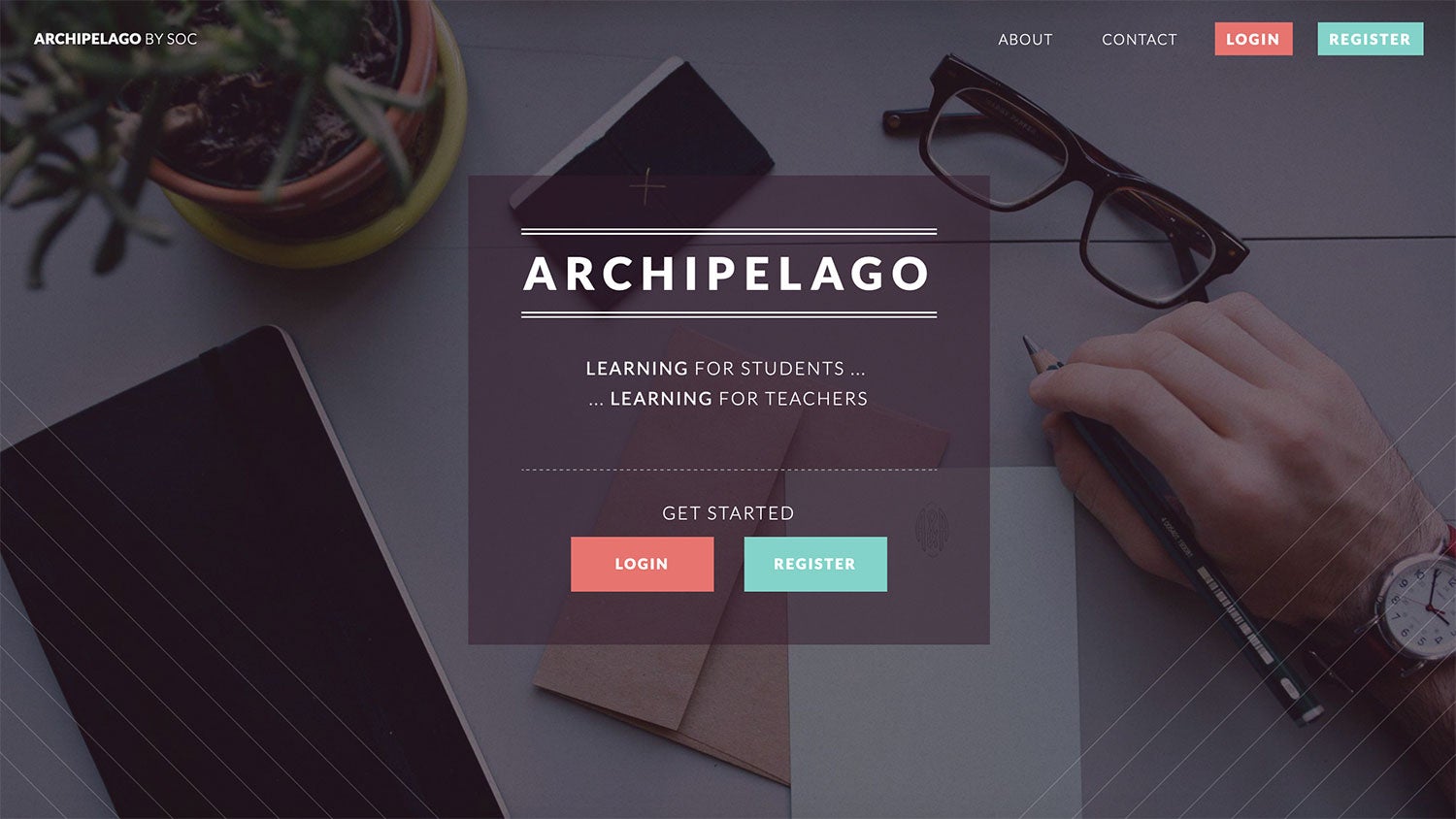
Students could also use Archipelago to submit any questions that came to mind while listening to the lecture, rather than waiting for the assigned breaks or for class to be over. They could see what questions were being asked by their peers, and even upvote them if they had the same query.
“I think Archipelago generates a pretty nice learning environment,” says Soo. “And, to a certain extent, it can give the same kind of learning feeling as in pre-Covid times.”
Better than clickers
Soo first came up with the idea for Archipelago in 2015. Teaching tutorials were manageable — “When you have about 20 students, you can actually ask them questions and give feedback in real time, which helps guide discussions,” he says. But with large lectures groups comprising over hundreds of students, things became trickier.
“Even if you’re tempted to ask the students if they have any questions, you know you can’t really answer them,” Soo says. “And there’s no way for them to really ask you effectively because of the class size and setting.”
At that time, large classroom response systems didn’t exist. The closest thing available for garnering responses were clickers, handheld devices that let students key in responses to questions by pressing numbers on a keypad. Lecturers would distribute these at the start of each lecture and collect them back once it was over, a process that was troublesome, he says.
There had to be an easier and more efficient way, he thought. “Since we’re actually in the line of computing, it seemed obvious that we could develop an online interaction system that would allow the students to just use their laptops or mobile phones to access a website where we could interact and collect responses,” says Soo.
With a Learning Innovation Fund-Technology (LIF-T) grant, a university-level wide funding aimed at supporting “technology-enhanced teaching and learning,” Archipelago took off. Weiyuan Liu, then Soo’s student, began developing the platform full-time as part of his final-year project. He continued working on it as a research assistant after graduation and even continued after he began a full-time job.
Hearing every voice
Archipelago was launched within the School of Computing in 2016, and made available to all of NUS a year later. At its peak, lecturers from 17 schools and facilities used it.
One of Archipelago’s biggest selling points is that it is hassle-free — there’s no need to download special software or register for an account. Lecturers just set up a session and email students a unique web link, which they can access using any device.
In addition to augmenting traditional lectures, aiding Q&A sessions, and providing students with a way to ask questions in a large classroom setting, Archipelago also helps lecturers like Soo ensure no questions go unanswered. “During a normal semester, you have physical restrictions like having to vacate the lecture hall after an hour and 45 minutes,” says Soo. “And even on Zoom, sometimes students have to go and can’t stay to ask questions.”
But with Archipelago, Soo can review “every single question” posted even after the lecture is over. He records his answers to these and posts them online for students to review at their convenience.
The platform also automatically generates a PDF of the lecture, so students “can review the questions asked during a quiz session, what the popular responses were, why they were correct or wrong, et cetra,” says Soo.
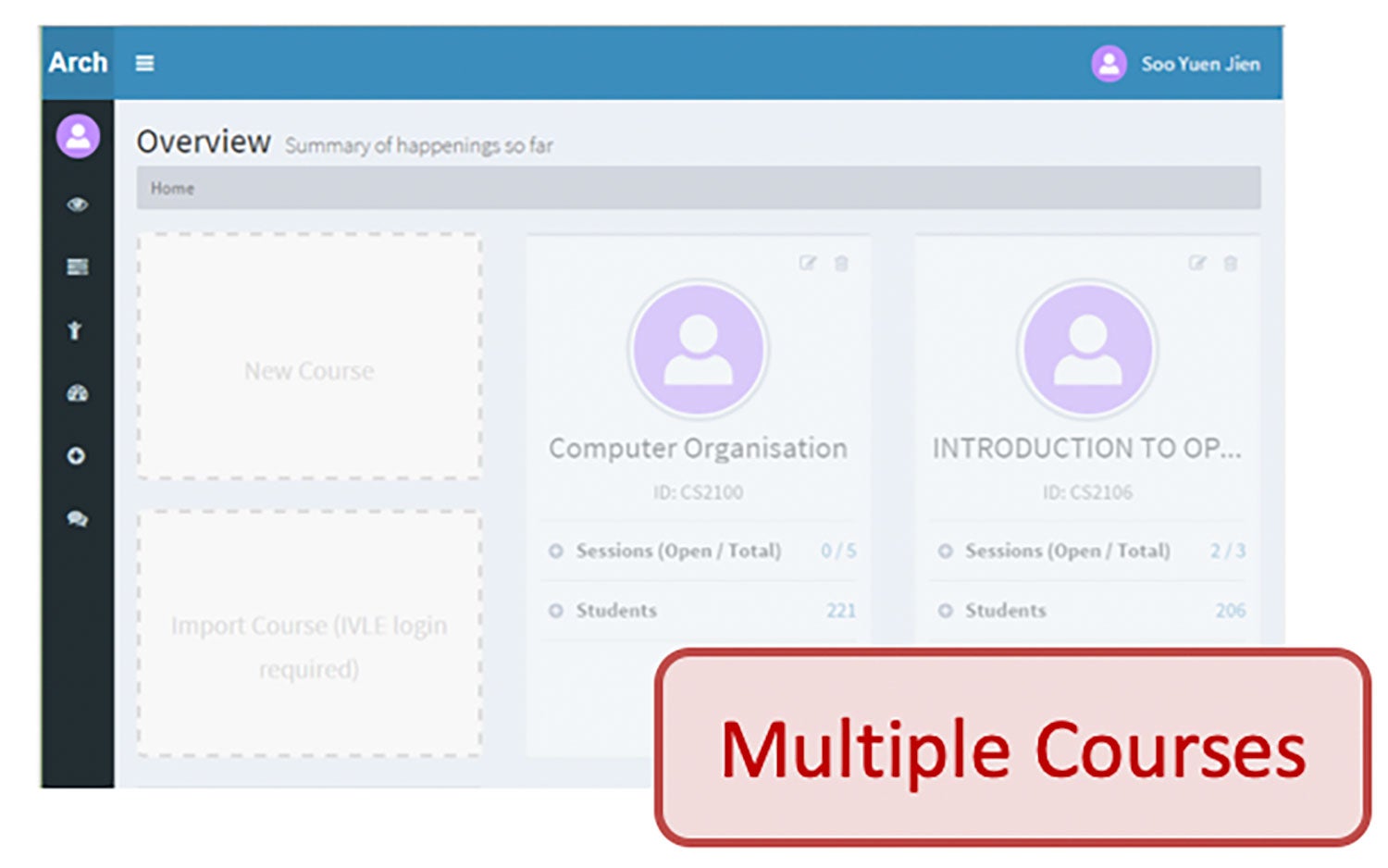
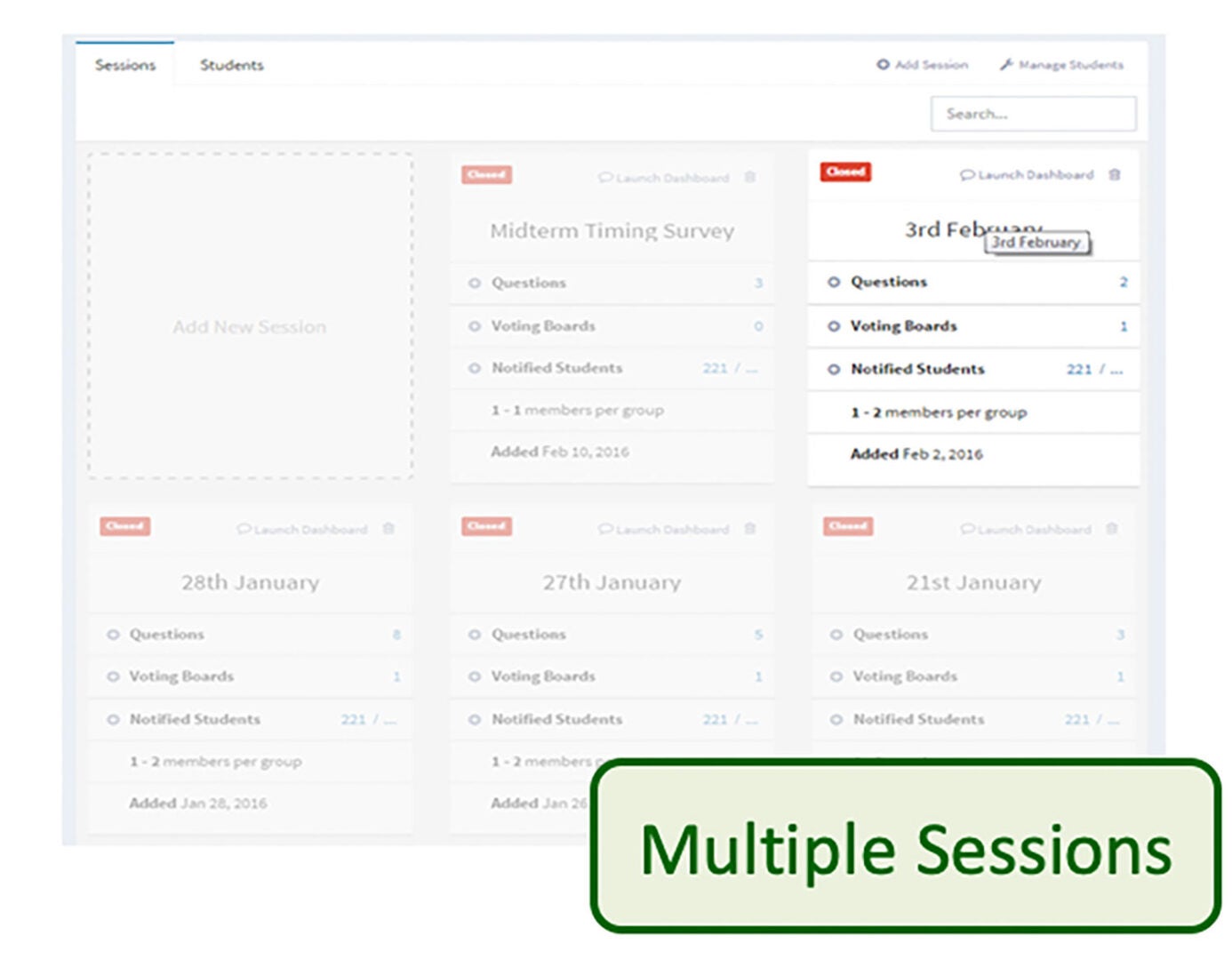
Student response, he says, has been fantastic. In a recent survey conducted at the end of last semester, more than 90% of respondents felt the lecture approach was effective, with 95% ranking interaction as key. “By answering all of their questions, you give students the impression that you care about learning and not just about things they need to answer in their exam,” says Soo, who won the NUS Outstanding Educator Award in 2018, among other teaching prizes over the years.
“In a class of a hundred or more students, it’s hard to ask the instructor a particular question,” he says. “But with Archipelago, students really get the chance to voice their doubts.”
“If your class is huge, then to me, the only feasible way is to go through a platform like this,” says Soo. Today, similar platforms like Pigeonhole Live and Poll Everywhere have been developed.
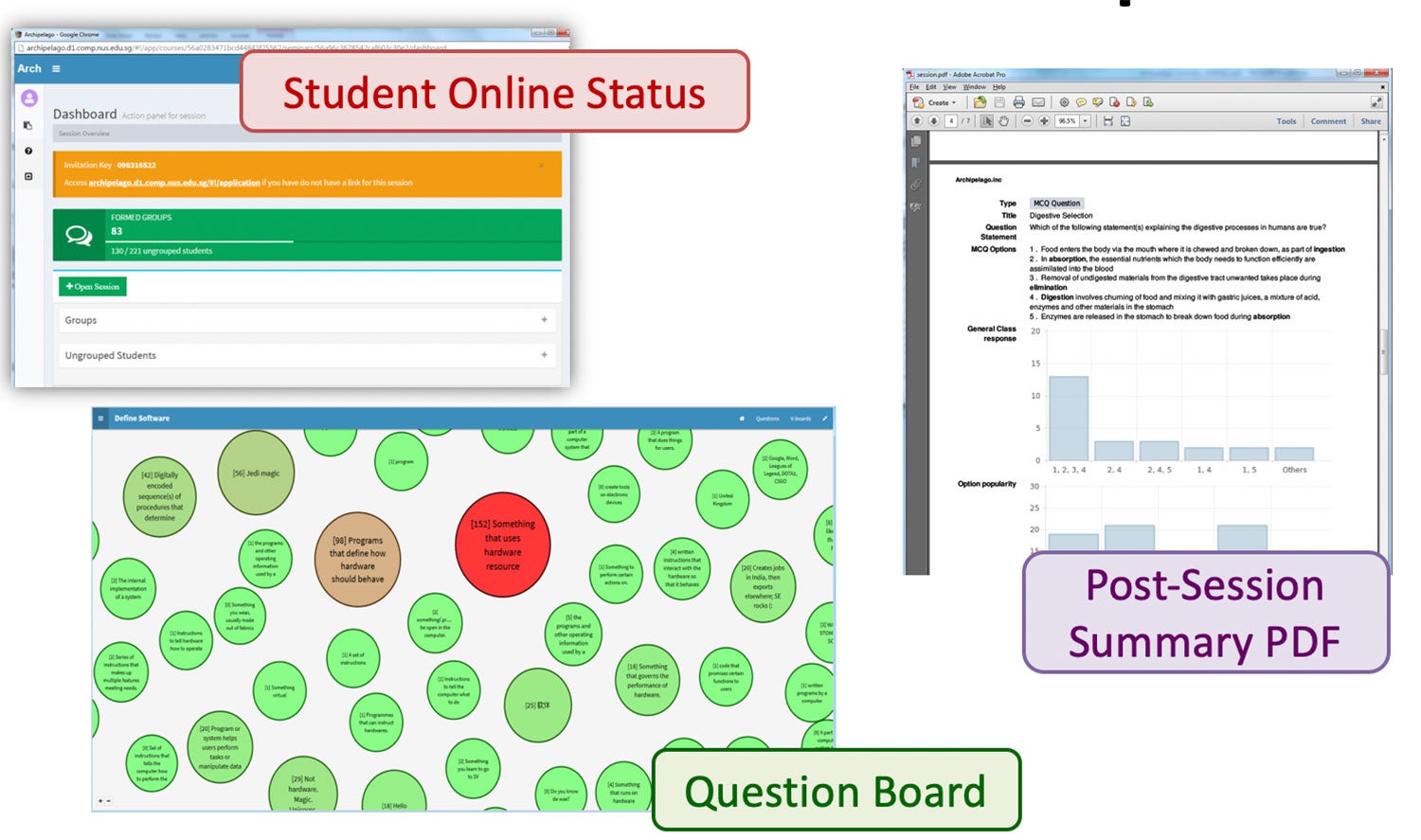
“There is a famous phrase: ‘No man is an island,’” says Soo. “I imagine that during large lectures, the students are like islands — they can’t ask their teacher questions and they can’t talk to their friends.”
“By connecting these ‘islands,’ we have an archipelago. So we hope the Archipelago system can connect students to one another and to the instructor,” he adds.
Soo says: “In the end, we still believe that when it comes to teaching and learning, there is great value in human interaction.”

